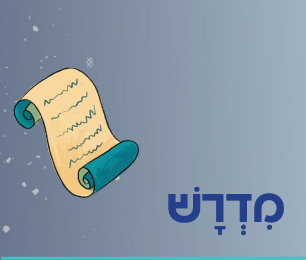Ilustration Credit: Elad Lifshitz, Dov Abramson Studio
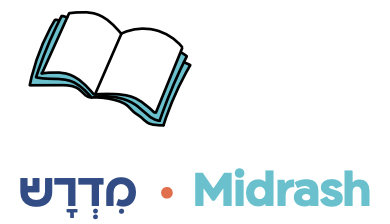
Midrash מִדְרָשׁ
The נְשִׂיאִים (nesi’im, chiefs) were the heads of each tribe. In our parashah, they have the special honor of bringing gifts to the mishkan.
וַיַּקְרִ֙יבוּ֙ נְשִׂיאֵ֣י יִשְׂרָאֵ֔ל רָאשֵׁ֖י בֵּ֣ית אֲבֹתָ֑ם הֵ֚ם נְשִׂיאֵ֣י הַמַּטֹּ֔ת הֵ֥ם הָעֹמְדִ֖ים עַל־הַפְּקֻדִֽים׃
The nesi’im, the heads of the houses, drew near—these were the nesi’im of the tribes, these were the ones in charge of enrollment.
The second half of this pasuk sounds like it’s telling us: Remember these nesi’im? You know them!
So… who were they?
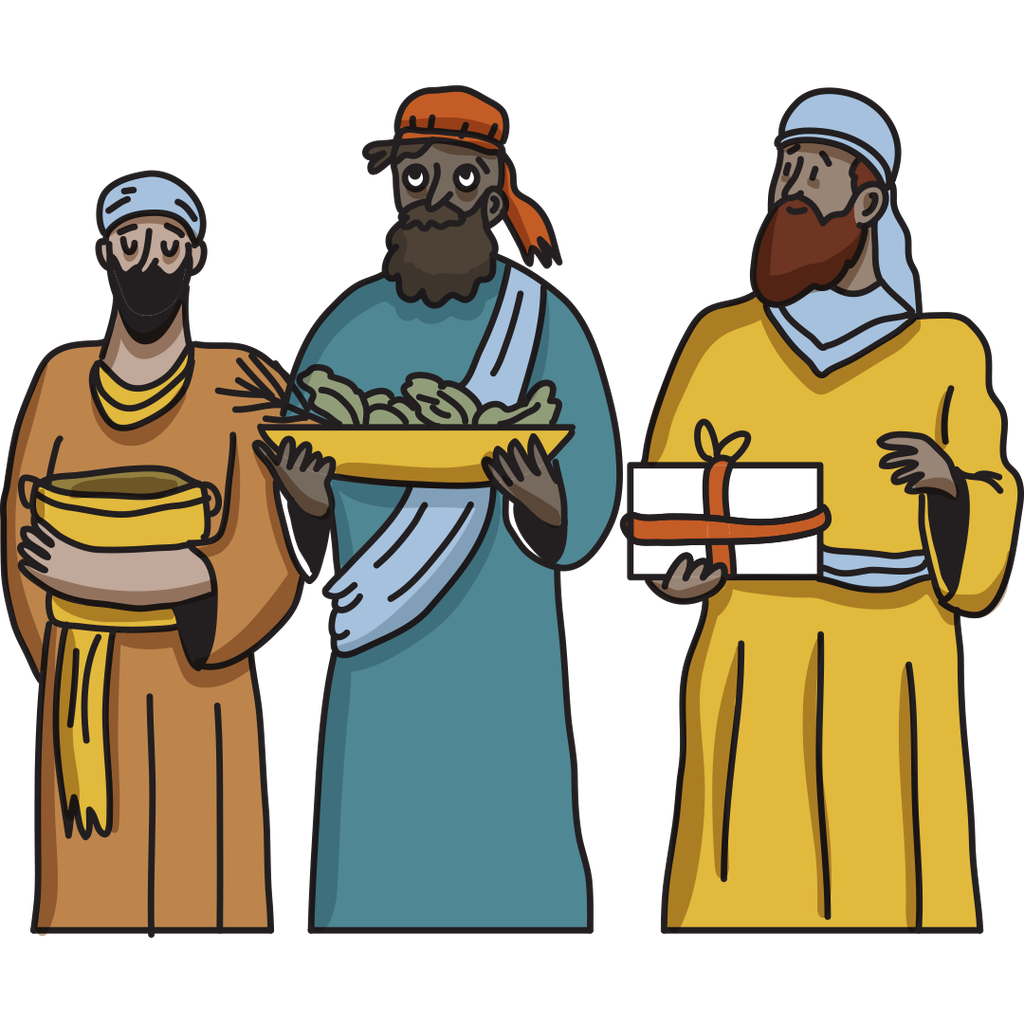
This midrash offers a backstory:
הֵם שֶׁהָיוּ מְמֻנִּים עֲלֵיהֶם בְּמִצְרַיִם, שֶׁנֶּאֱמַר "וַיֻּכּוּ שֹׁטְרֵי בְּנֵי יִשְׂרָאֵל" (שמות ה:יד).
These are the people who were appointed over Benei Yisrael in Egypt, as it says, “the shotrim (overseers) of Benei Yisrael were beaten” (Shemot 5:14).
Remember the shotrim? Back in Parashat Shemot, when Benei Yisrael were slaves in מִצְרַיִם (Mitzrayim, Egypt), Pharaoh made their lives miserable by cutting back on their supplies, but still making them produce the same amount of bricks. When Benei Yisrael failed to do this, the shotrim were the ones who suffered. Here’s what the midrash in Shemot has to say about the shotrim:
"וַיֻּכּוּ שֹׁטְרֵי בְּנֵי יִשְׂרָאֵל" - מִכָּאן אַתָּה לָמֵד שֶׁהָיוּ כְּשֵׁרִים וּמָסְרוּ עַצְמָן עַל יִשְׂרָאֵל וְסָבְלוּ מַכּוֹת כְּדֵי לְהָקֵל מֵעֲלֵיהֶם, וּלְפִיכָךְ זָכוּ לְרוּחַ הַקֹּדֶשׁ.
“The shotrim of Benei Yisrael were beaten” -
this teaches us that they were pious and sacrificed themselves for the people, and suffered in order to make it easier for everyone else. This is why the shotrim deserved to be rewarded with a spirit of prophecy.
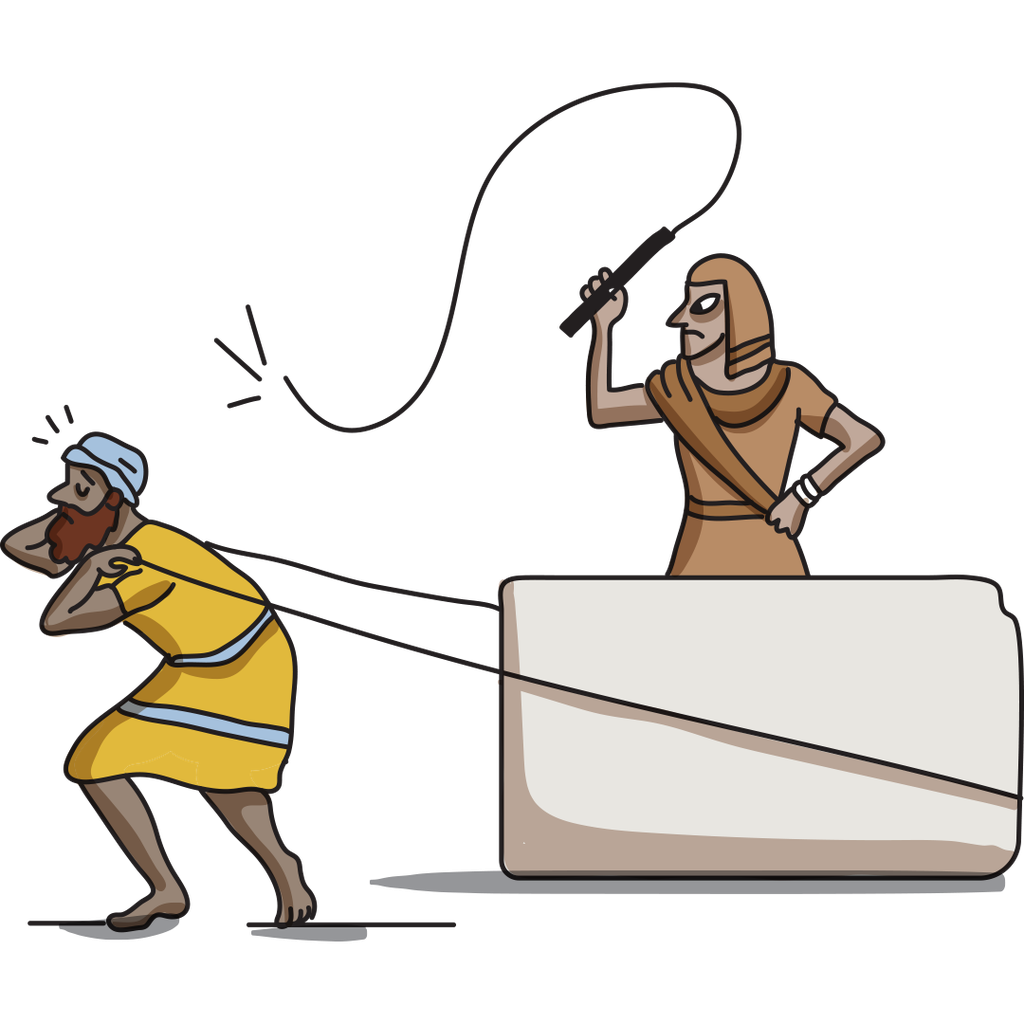
- Why would the former shotrim deserve to be appointed as nesi’im? What can we know about them from their actions?
- When you think about leaders, what qualities come to mind? Do you usually associate leadership with protecting weaker people? How are these connected?
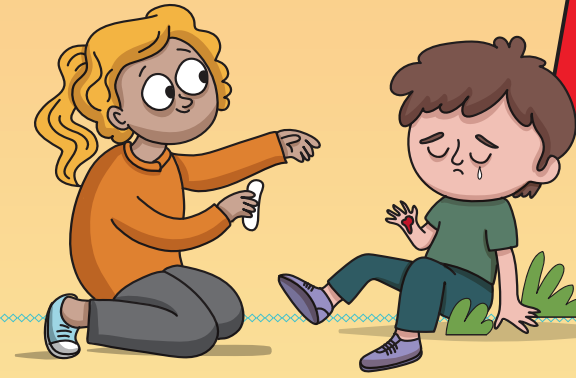
-------------------
-------------------





